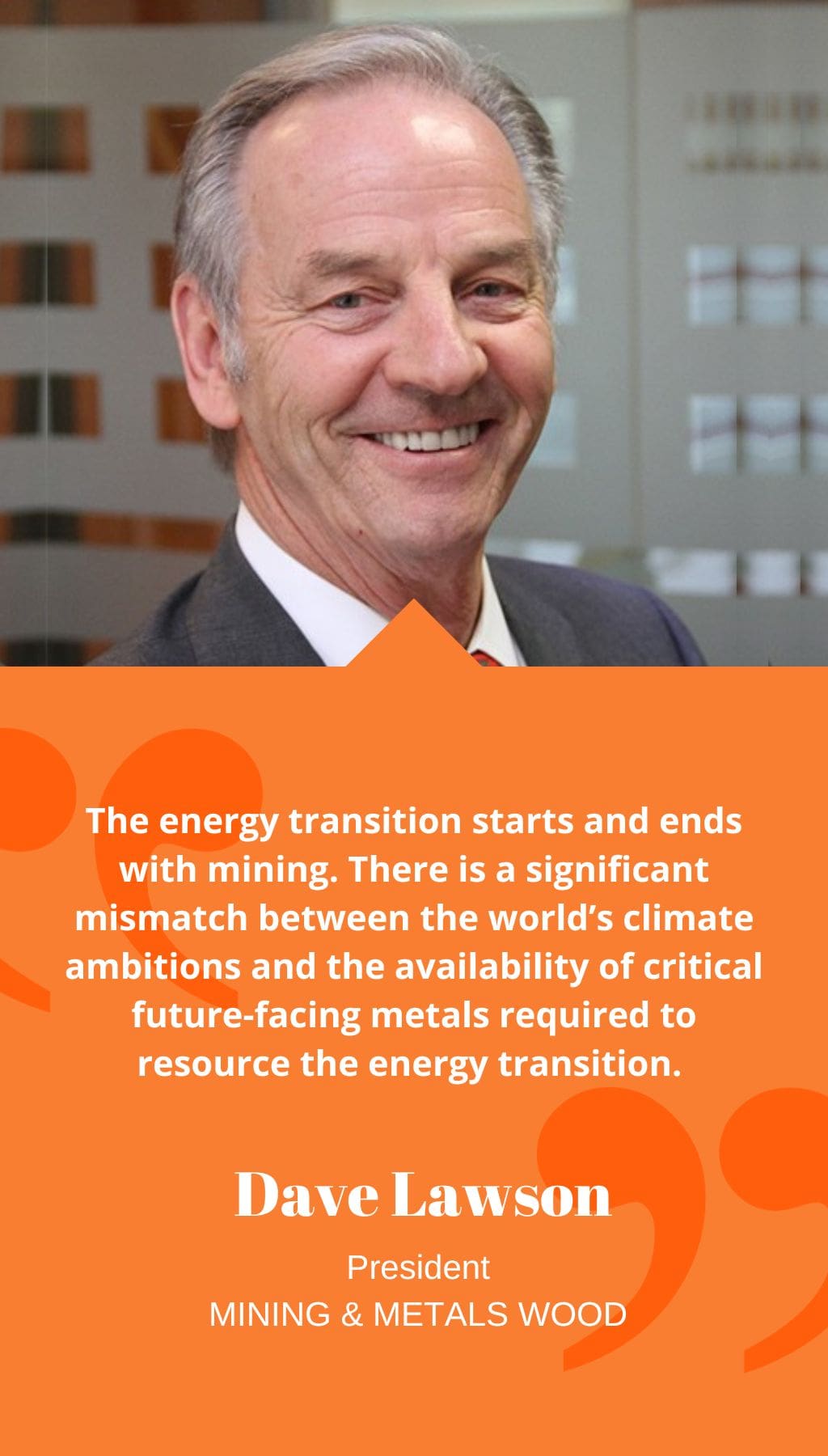
- Chile | 24 June 2022

Could you please give us an overview of Wood’s recent work on some of the iconic mining projects in Chile in the past year?
Of course, I’d be happy to. One great example of our recent work is our role as the integration contractor for BHP’s new copper concentrator at the Spence mine. While we still have a small team on site, we have effectively completed the integration. Additionally, we have just finished a lithium project for a client in the north of Chile, which has been extremely successful. Currently, we are involved in several ongoing projects, including Codelco’s Chuquicamata project, where we are doing the detailed design for underground mining, as well as the early works for Antofagasta Minerals’ Minera Centinela project. We are also involved in a significant amount of proposal study work, and we have long-term engineering contracts with mining companies in Chile.
What are some of the factors that mining companies should consider when looking for sources of water for their operations?
From a broad water perspective, when considering new mines in Chile, I would expect that all are going to use seawater in some form – whether it is desalinated water used as potable water or non-desalinated water used in processes. If a mining company wants to use seawater, the materials for construction must be different because saltwater is highly corrosive. Additionally, the cost analysis needs to be considered, as desalination plants can become incredibly expensive, and materials may need to be replaced more frequently than in other situations. We must reduce water consumption and find ways to use every liter of water multiple times. Wood can contribute engineering solutions for both water management and recycling. A mixture of private and public money is required to make using desalinated water worthwhile and viable for more stakeholders.
Can you elaborate on what Wood’s ‘Mine 2050’ concept aims to achieve?
Certainly. The energy transition starts and ends with mining. There is a significant mismatch between the world’s climate ambitions and the availability of critical future-facing metals required to resource the energy transition. For example, if you look at the demand for copper alone, in order to achieve the net-zero 2050 targets, analysts suggest it will take around 19 million tons of additional copper. The largest copper mine in the world is Escondida, and that figure equates to a new Escondida that must be discovered and put into production every year for the next 20 years to meet the projected increase in demand, bearing in mind that it currently takes 12 to 15 years to move a mine into production. Progress must be achieved faster, better, and safer, and Wood is supremely focused on the solutions we can provide to address the urgency and achieve those net-zero targets while supporting our clients as they strive to reach their sustainability goals. This includes working on digital technologies related to the energy transition, such as carbon capture, and developing integrated energy solutions through the deployment of our renewables arm.
What type of renewable energy projects do you expect to play a role in the development of mining?
I believe that all renewable sources of energy such as wind, solar, green and blue hydrogen will play a role. For example, Wood is working for a client in Chile to supply hydrogen for all their trucks. We have a division that specializes in hydrogen development, and we also have the ability to deliver renewable solutions to reduce the carbon intensity of mining operations.














